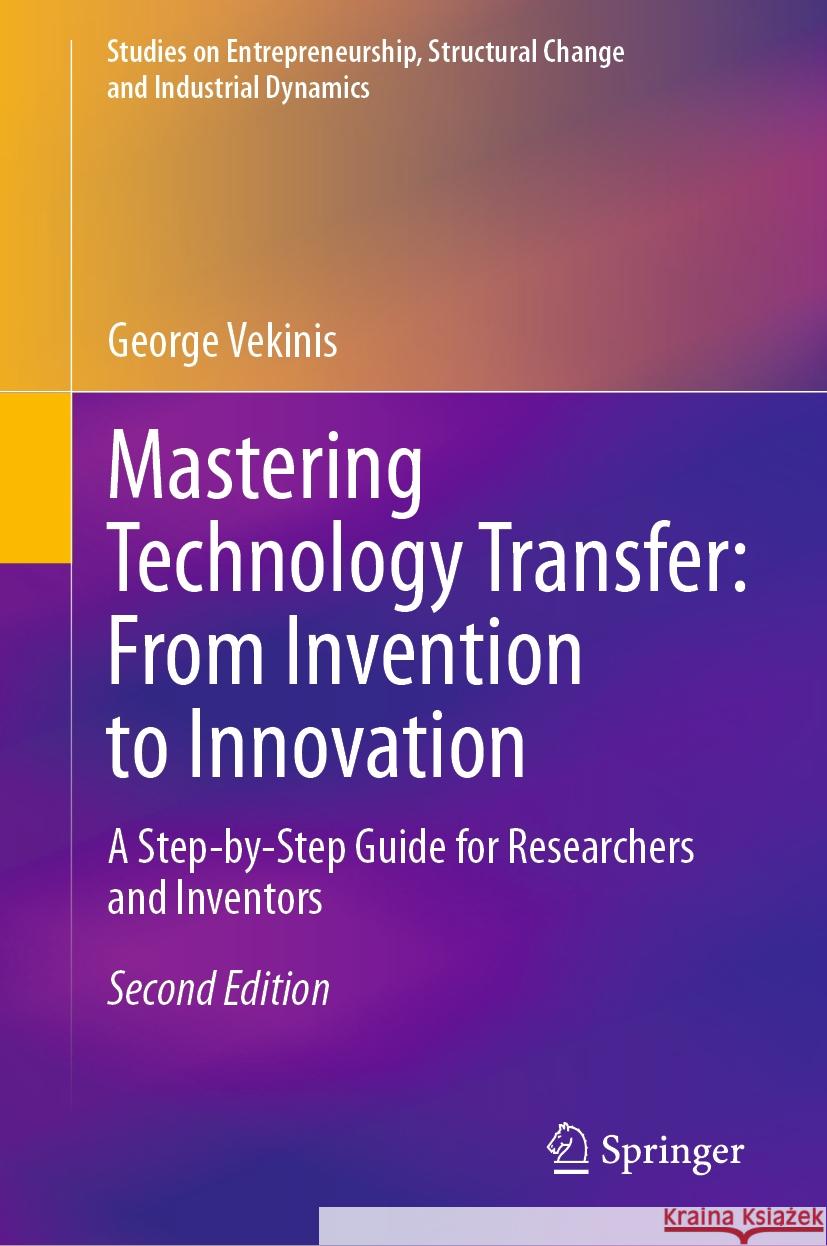Mastering Technology Transfer: From Invention to Innovation: A Step-By-Step Guide for Researchers and Inventors » książka
topmenu
Mastering Technology Transfer: From Invention to Innovation: A Step-By-Step Guide for Researchers and Inventors
ISBN-13: 9783031443688 / Angielski
Mastering Technology Transfer: From Invention to Innovation: A Step-By-Step Guide for Researchers and Inventors
ISBN-13: 9783031443688 / Angielski
cena 325,42 zł
(netto: 309,92 VAT: 5%)
Najniższa cena z 30 dni: 325,42 zł
(netto: 309,92 VAT: 5%)
Najniższa cena z 30 dni: 325,42 zł
Termin realizacji zamówienia:
ok. 16-18 dni roboczych.
ok. 16-18 dni roboczych.
Darmowa dostawa!
Kategorie:
Kategorie BISAC:
Wydawca:
Springer
Seria wydawnicza:
Język:
Angielski
ISBN-13:
9783031443688











